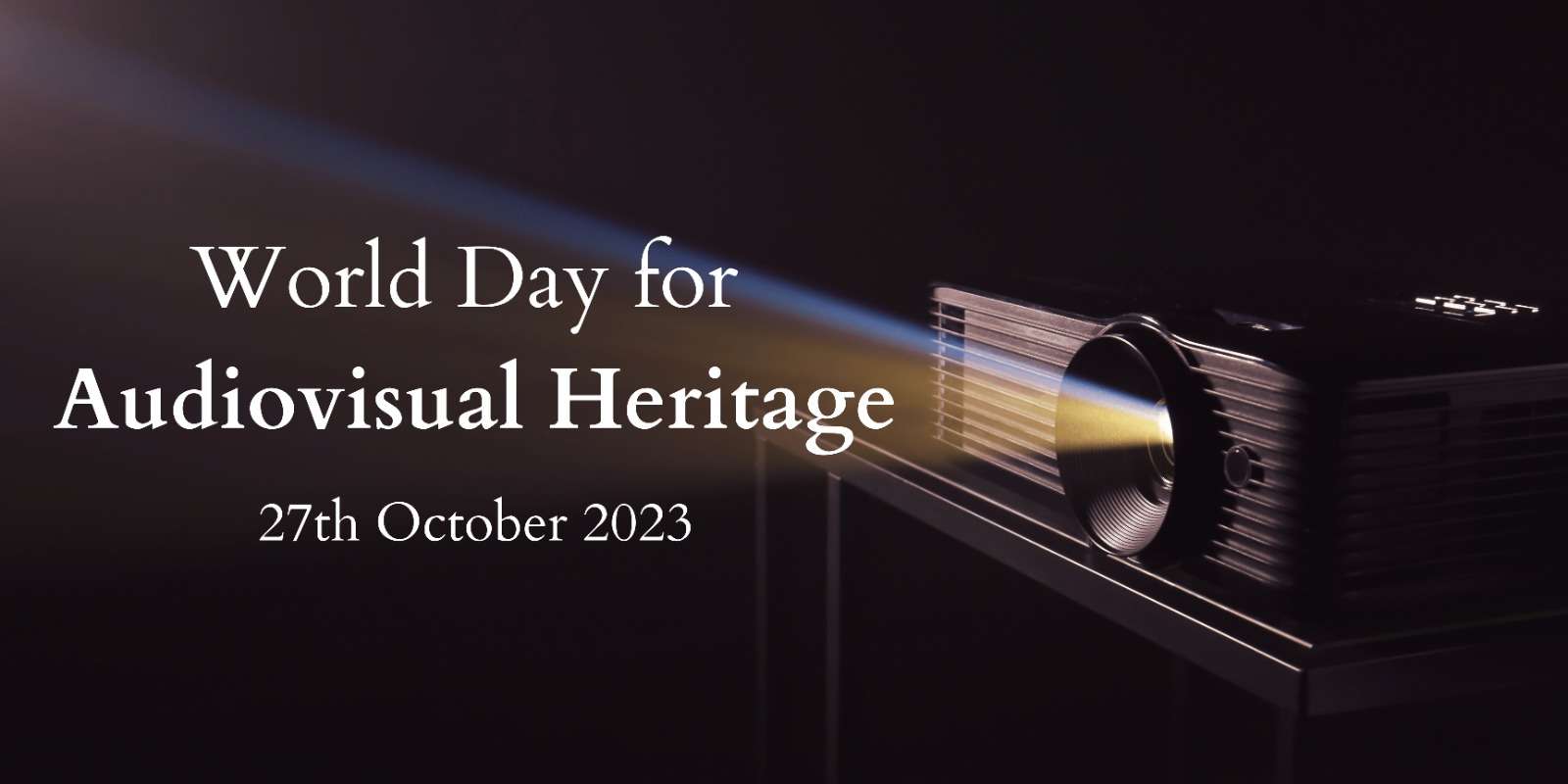WORLD DAY FOR AUDIOVISUAL HERITAGE

Every year, on October 27th, the world comes together to celebrate the World Day for Audiovisual Heritage, acknowledging the pivotal role that audiovisual materials play in preserving the rich cultural legacy of nations across the globe. As we navigate the digital era, it becomes increasingly crucial to understand the significance of safeguarding these materials to ensure the transmission of our cultural heritage to future generations.
History of the Day
The World Day for Audiovisual Heritage was adopted by UNESCO in 2005 to raise awareness about the importance of audiovisual documents and to safeguard them as a part of the world’s cultural heritage. This day was chosen to commemorate the adoption of the Recommendation for the Safeguarding and Preservation of Moving Images by the 21st UNESCO General Conference in 1980.
Significance of the Day
The day holds immense significance as it highlights the importance of audiovisual records in capturing the essence of culture, history, and traditions. These materials serve as valuable resources for educational purposes, research, and the perpetuation of cultural identities.
Theme
Each year, the day is celebrated with a specific theme that reflects the contemporary challenges and developments in the field of audiovisual preservation. The themes aim to draw attention to the diversity of issues and opportunities in this crucial area of heritage safeguarding.
Challenges Faced
Preserving audiovisual materials poses various challenges, including technological obsolescence, physical degradation, and the lack of proper infrastructure for preservation. Moreover, the rapid digitization of these materials raises concerns about their vulnerability to cyber threats and data loss.
Preservation of Cultural Identity
Audiovisual heritage serves as a medium through which cultural identity is transmitted across generations. By preserving these materials, communities can ensure that their unique traditions, languages, and historical events remain accessible to future generations, fostering a sense of cultural pride and continuity.
Digital Developments and Empowering Education
The digital revolution has transformed the landscape of audiovisual preservation, offering innovative tools and platforms for the dissemination of cultural knowledge. Digitization has empowered educational institutions to incorporate diverse audiovisual resources into their curriculum, enriching the learning experience and fostering a deeper understanding of global cultures.
Community Engagement and Cultural Revitalization
The preservation of audiovisual heritage often involves active community participation, encouraging local communities to contribute to the documentation and archiving of their cultural practices. Through collaborative efforts, communities can revitalize their cultural traditions, promote intergenerational dialogue, and reinforce a sense of collective identity and pride.
Conclusion
The World Day for Audiovisual Heritage serves as a poignant reminder of the critical role played by audiovisual materials in preserving our cultural legacy. As we navigate the digital age, it is imperative to invest in robust preservation strategies, technological advancements, and community engagement initiatives to safeguard these invaluable resources for future generations. By recognizing the significance of audiovisual heritage, we honour the diversity and richness of human expression that transcends borders and time.
Important Points for UPSC Aspirants
- World Day for Audiovisual Heritage is celebrated annually on October 27th.
- It was adopted by UNESCO in 2005 to raise awareness about the importance of preserving audiovisual documents.
- Audiovisual materials play a crucial role in preserving cultural heritage and identity.
- Challenges in preservation include technological obsolescence and physical degradation.
- Digital developments have empowered education and research by making audiovisual resources more accessible.
- Community engagement is vital for cultural revitalization and the preservation of local traditions.
- Preservation of audiovisual heritage is essential for fostering a sense of cultural pride and continuity.
Tags:
Best teachers in every subject.
Let’s get started
We can teach you anything
